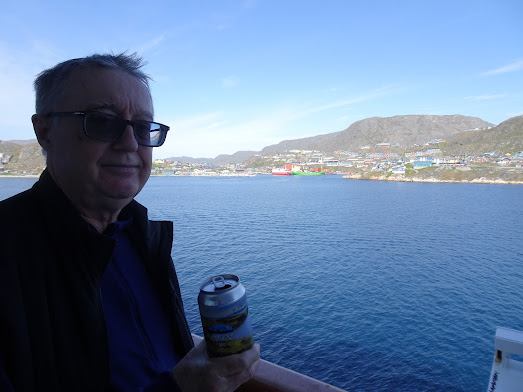With a population of 3,000, this is the largest town in southern Greenland. The area has been inhabited for the last 4,300 years. A different group of people arrived around 2,800 years ago with their rectangular peat dwellings.
Written records of South Greenland history begin with the
arrival of the Norse in the late 10th century. Their ruins are located 19
kilometres northeast. The Inuit arrived in southern Greenland around the 12th
century. However, there is little evidence of early contact. But later, the south Greenland Norse traded
with them, especially ivory. The Norse era lasted for almost five hundred
years. The last written record of the Norse presence is of a wedding in 1408.
The present-day town was founded in 1775 by the Danes. It
became a major center for the seal trade and still has a sealskin
tannery. The museum buildings date back to 1804. The oldest standing building is
from 1797.
Fish processing, tourism, tanning, fur production, and ship maintenance and repair are key activities, but the economy is based primarily on educational and administrative services. The primary industries in the town are fishing, service, and administration.
Agriculture is mainly sheep farming, cattle and reindeer herding, on farms in the fiord landscape close to Qaqortoq.
Qaqortoq is located in one of the most mineral rich areas in the world and most of their electricity is from hydroelectricity.
The town has more than 35 cruise calls per season and +30,000 cruise visitors.
Look at that sky...just sensational.









No comments:
Post a Comment